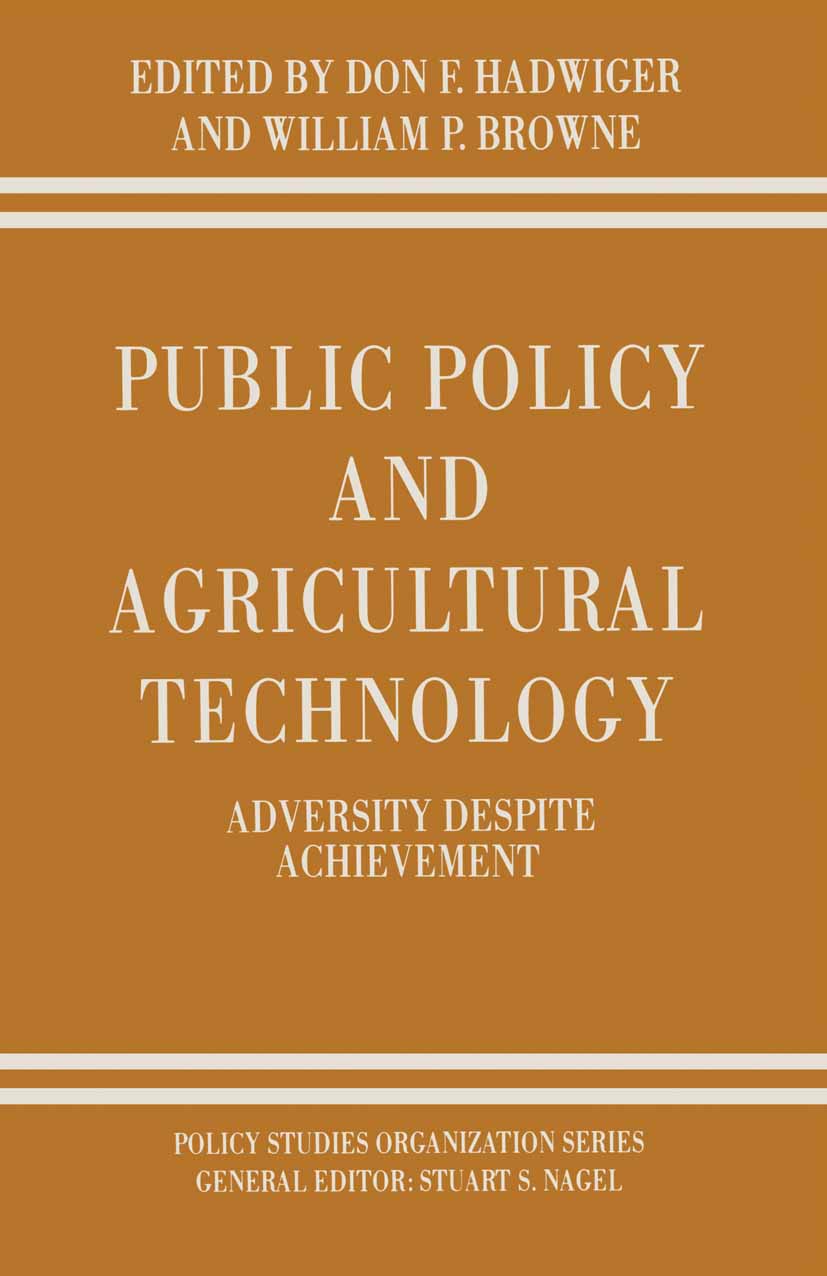Applications of Wet-End Paper Chemistry
by Che On Au
2020-09-19 15:05:13
Applications of Wet-End Paper Chemistry
by Che On Au
2020-09-19 15:05:13
Commercial demands and increasing global competition have led to enormous mechanical evolution over recent years. Twin-wires, wide-nip presses, steam boxes and speed sizers have all played a part in improving both the productivity and quality of pape...
Read more
Commercial demands and increasing global competition have led to enormous mechanical evolution over recent years. Twin-wires, wide-nip presses, steam boxes and speed sizers have all played a part in improving both the productivity and quality of paper and board products. With the emphasis on mechanical and electrical engineering and the ever increasing pressures of quality measurement and control, little time has been available within a technical department for much reflection on the chemistry of the process. Thus there is a growing trend for the management of the wet-end to be delegated to the chemical supplier. The advances in scale of paper manufacture, environmental sensitivity and higher quality of end-product requirements have all had an impact on the chemistry of the wet-end. The increased production means, for example, that down time is more of an anathema now when capacity is critical. Similarly, with the greater rigours of quality management, anything which causes breaks or holes must be eradicated. Environmental pressures too are growing on the papermaking process. Even if consideration is restricted to only the closure of the white water circuit, it alone throws down a challenge to the potency of biocides, retention aids and other chemicals. These chemicals are detriment ally affected by an increasing concentration of water soluble pulp extractives and surfactants, adhesives and polysaccharides from broke and recycled paper.
Less


























.jpg)



